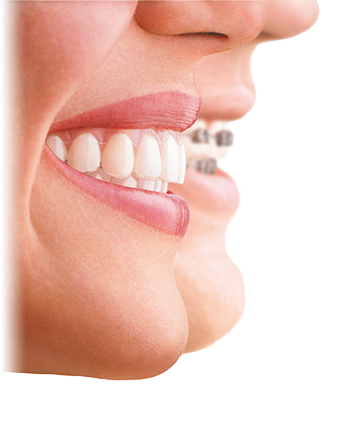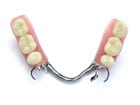 We all want a beautiful smile full of shiny white, straight teeth. It can make you feel confident and comfortable with your appearance. Similarly, a flawed smile can be the source of great embarrassment and self-confidence issues. This is never more true than for patients with missing teeth. A missing tooth, whether cause by sporting injury or tooth decay, carries with it a certain stigma that most of us would probably wish to avoid.
We all want a beautiful smile full of shiny white, straight teeth. It can make you feel confident and comfortable with your appearance. Similarly, a flawed smile can be the source of great embarrassment and self-confidence issues. This is never more true than for patients with missing teeth. A missing tooth, whether cause by sporting injury or tooth decay, carries with it a certain stigma that most of us would probably wish to avoid.
There are also physiological reasons why a missing tooth can be a problem. When a tooth is missing form the tooth line it can cause all the other teeth to lean into the space. This can cause interruptions with bite that can be irritating and even lead to painful conditions called TMJs. Teeth also act as rigid supports for facial muscles and if missing can cause the facial muscles to sag giving a sunken appearance that causes patients to look much older. However, there are several artificial dental substitutes which can be used to replace a missing tooth.
The most realistic and sturdy of all of these is called a dental implant. Although a slightly more complex procedure than a partial denture or a dental bridge, an implant provides the most realistic alternative to a natural tooth. A dental implant is a small cylindrical screw that is anchored directly into the jawbone. A post is then attached to this and then finally a dental crown. Because the implant is anchored to the bone it is very solid and provides a level of stability only beaten by a real tooth. This means that patients have an added feeling of security over the more fragile dentures and bridges. It also means patients are not prohibited from eating certain foods they might be with other dental substitutes.
After the screw has been implanted it will need to be left for several weeks to allow the bones and gums to fuse with the implant in a process called osseointergration. This requires the jawbone to be in a good condition and means that certain patients may not be suitable for dental implants.
If you are suffering form lost confidence due to a missing tooth, or feel that your existing teeth may be affected, consult a Central Leeds dentist and ask about dental implants.





 For patients suffering from a missing tooth or teeth, one cosmetic procedure that can restore the appearance of a full set is a dental bridge. By bonding a dental bridge to existing teeth either side of the gap, a dentist can create a natural looking and seamless artificial bridge.
For patients suffering from a missing tooth or teeth, one cosmetic procedure that can restore the appearance of a full set is a dental bridge. By bonding a dental bridge to existing teeth either side of the gap, a dentist can create a natural looking and seamless artificial bridge. A missing tooth that has been caused by decay or has been knocked out in an accident can not only be cause of embarrassment but can also cause further dental complications if not replaced. Existing teeth tend to lean into empty spaces in the toothline causing sagging of the facial tissue and complications that can alter bite and profile. A missing tooth can also allow bacteria to develop on food particles that become lodged in the recess. This develops into plaque, a filmy substance that covers teeth and causes tooth decay. It is therefore very important that missing teeth are replaced as soon as possible.
A missing tooth that has been caused by decay or has been knocked out in an accident can not only be cause of embarrassment but can also cause further dental complications if not replaced. Existing teeth tend to lean into empty spaces in the toothline causing sagging of the facial tissue and complications that can alter bite and profile. A missing tooth can also allow bacteria to develop on food particles that become lodged in the recess. This develops into plaque, a filmy substance that covers teeth and causes tooth decay. It is therefore very important that missing teeth are replaced as soon as possible.

